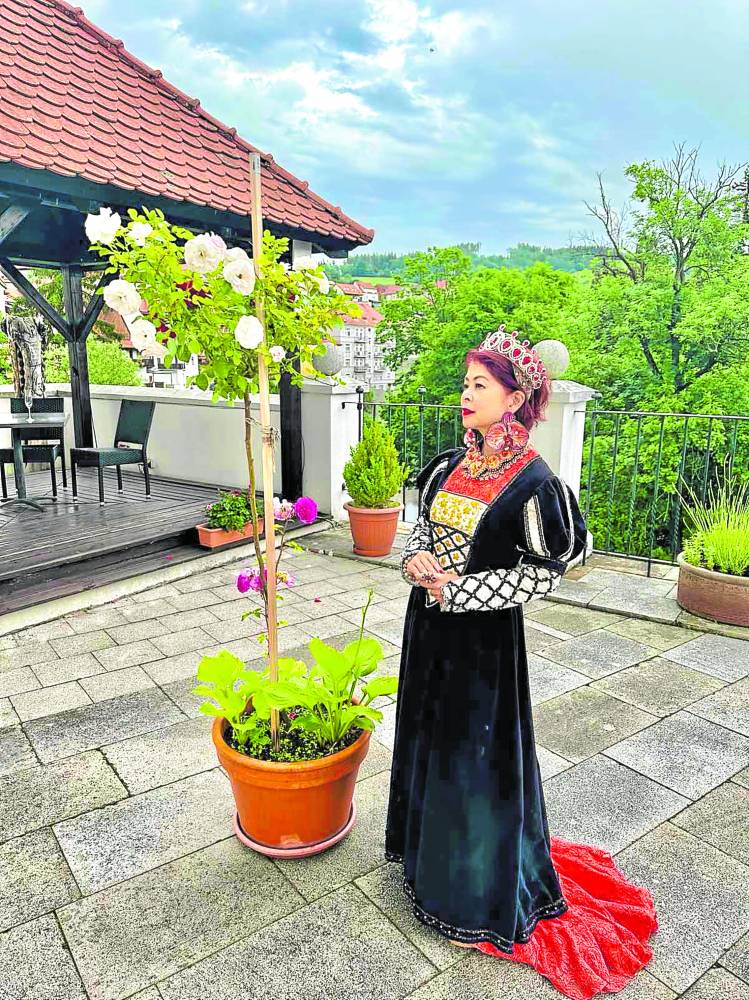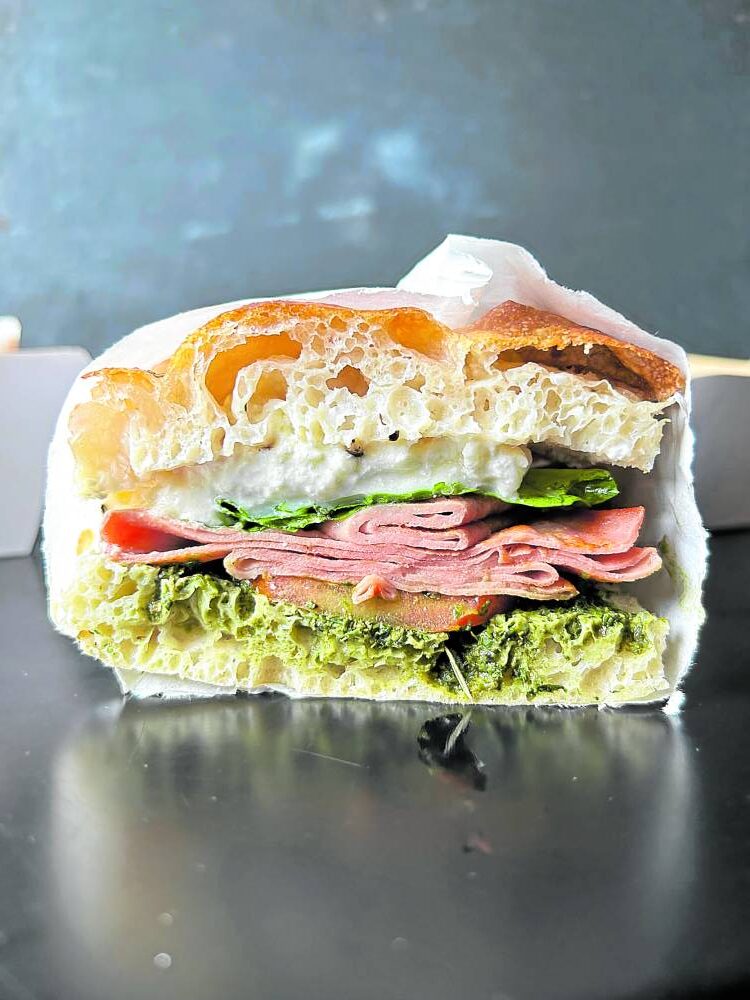What’s the difference between front load and top load washing machines?
A recent survey showed that despite the flood of cheap products in the market, Filipinos were willing to pay more for brands that they believed to be reliable, durable and of better quality. This was true not just for people with more money to spare, but also for those in lower-income groups.
Results of the Kantar Worldpanel Study suggested Filipino consumers were actually more discerning. They were willing to pay higher prices for branded products they believed offered value for money.
While savings were important, Filipino families apparently realized that quality had a price. The latest Philippine Households’ FMCG Spending study (FMCG stands for fast-moving consumer goods) found that 62 percent of respondents equated higher price with better quality, and 84 percent said they bought well-known and trusted brands.
Fortunately, as the Kantar Worldpanel study found, leading brands were also making adjustments to make it easier for consumers to purchase their products. One major innovation was to make goods available in small quantities. Manufacturers, probably realizing Filipinos preferred to buy tingi (small quantities), had started selling their products like shampoo, toothpaste, even sunscreen, in smaller packs like sachets to make them more affordable to ordinary Filipinos.
Young Filipinos
Whether or not they were taught by adults, a recent study initiated by Cartoon Network found that many Filipino kids knew the value of saving for their future. While a little more than half (51 percent) of the seven- to 14-year-old kids covered by the survey conducted by Ipsos did say they did not save any of the money they got, 34 percent put some in piggy banks and 11 percent asked their parents to save it for them. A small proportion (14 percent) of parents had already set up bank accounts for their children, while 61 percent told researchers they planned to do so in the next 12 months or so.
Why the price difference?
I bought recently a new Electrolux washing machine and was surprised to find that the front load model was more expensive by P2,000-P3,000 over the top load unit. Although I had made up my mind to buy the front load machine, which I found much more convenient and easier to use, I did wonder about the price difference.
Thinking other consumers may also be wondering, I asked Terry Sales of Electrolux to explain the difference in prices. This is his explanation: “Front loads are gentler on fabrics, that’s why they’re usually pricier than top loads. You can actually wash your delicates, including branded ones, in your front load washer. Since a front load doesn’t have a pulsator or agitator, the combination of the direct-spray and drum tumbling actions does most of the washing.” While the wash was gentler in a front load, he gave the assurance it was thorough.
Meanwhile, environmentalists have been encouraging people to reduce their reliance on bottled water and to use tap water instead if their supply is guaranteed safe and reliable. The millions of discarded plastic water containers only add to the problem of solid waste disposal.
Now, global consumer product brand Tupperware has joined the campaign to reduce bottled water consumption. It is helping encourage people to bring tap water and other beverages wherever they go by using reusable and convenient containers like its Eco Bottle, which received the Green Good Design Award for the Green Product Category.
Send letters to The Consumer, Lifestyle Section, Philippine Daily Inquirer, 1098 Chino Roces Ave. cor. Mascardo and Yague Sts., 1204 Makati City; fax 8974793/94; or e-mail [email protected].













































